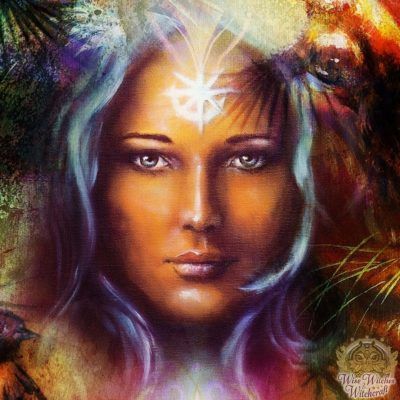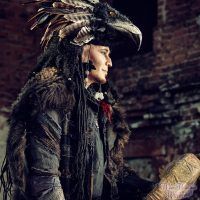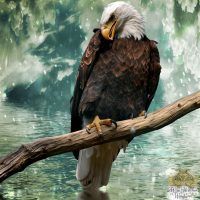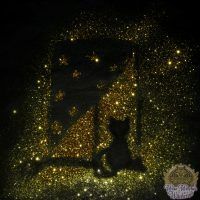Witchcraft Terms and Tools – Animals
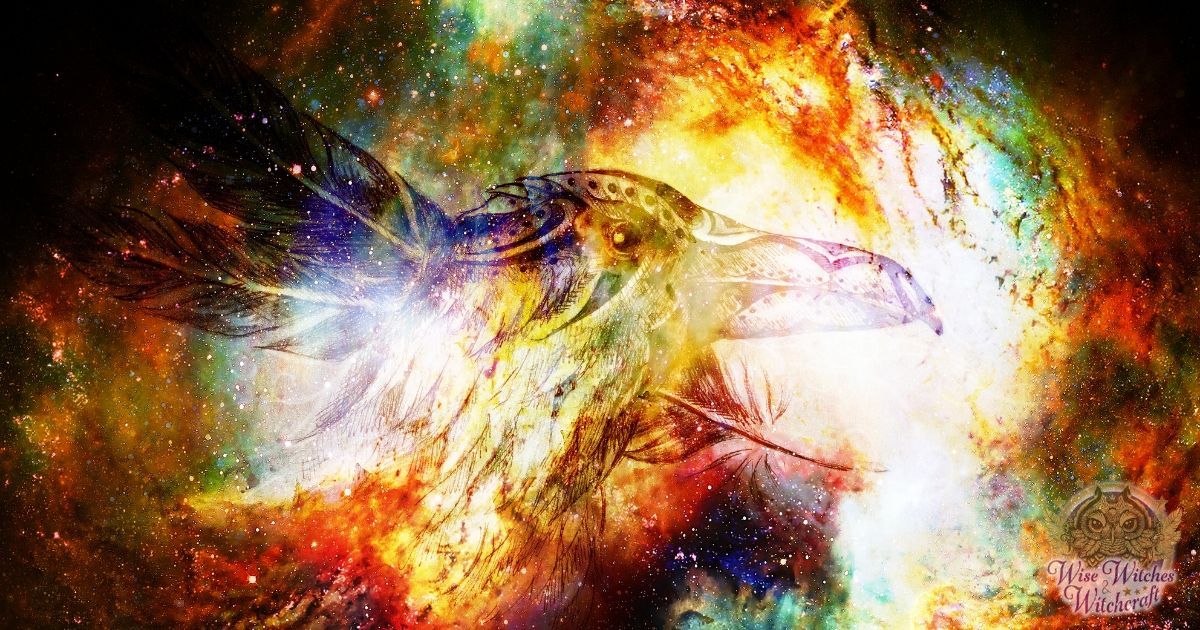
Since time immemorial, certain animals have been revered and worshipped as spirits of nature, and were known to the ancients as power animals or the animal guides of the Gods. Many animals became associated with various deities, such as the hound with Diana, the toad with Hecate, the raven with Proserpina, the goat with Pan, and the owl with Athena. The ancients believed animals were closer to nature than humans and would perform rituals and make offerings to their spirits in attempts to communicate with them.
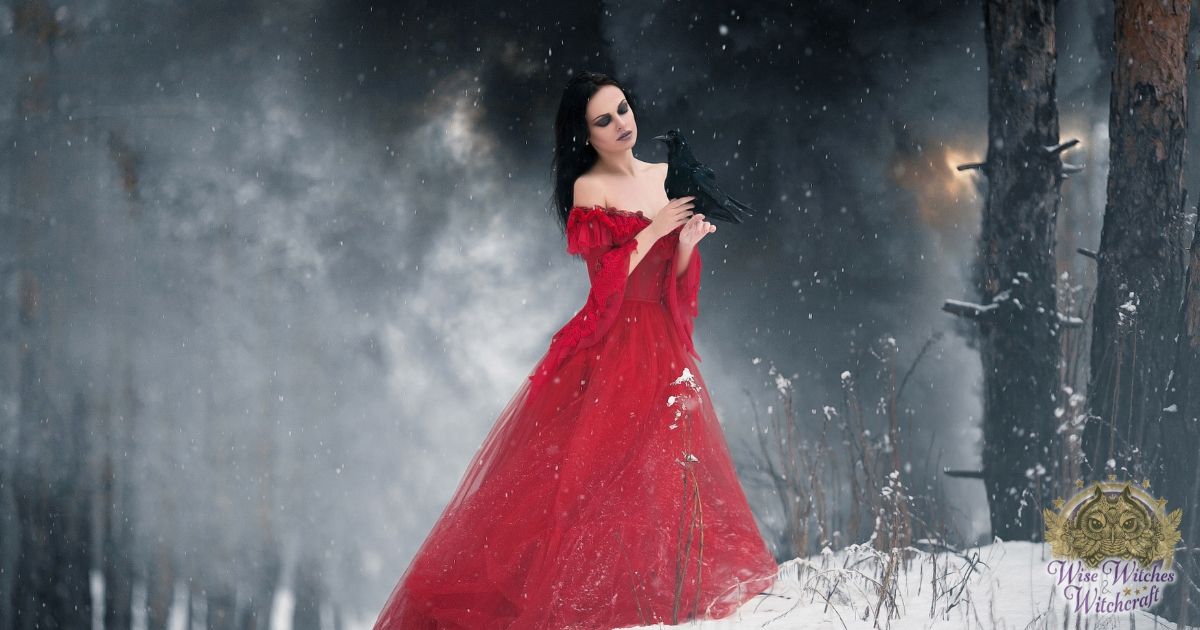
Shamans believed that all things and beings, particularly animals, were possessed of a spirit or soul and that one could attract parts of their soul (and thus their spirit and powers) by mimicry. Therefore they would dress in appropriate animal furs, feathers, horns, and fierce-looking masks while performing dances and imitating the animal. The shaman would keep and use the same animal spirits until his death, at which time they would disappear, or be passed on to aid his apprentice.
As witchcraft evolved, it is not surprising, then, that witches should have adopted certain animals as their own link to nature, spirits, and deities. Wise men and women commonly used animals, while wizards, magicians, and village healers used them to diagnose illnesses, to find sources of bewitchment, to find lost property or treasure, and for other types of divination.
It was not until the Middle Ages and the rise of Christianity that witches’ pets and animals became thought of as agents of evil. As the persecution of witches began, so the Church started to teach that witches’ familiars were associates of the Christian Devil, and they came to be thought of as demons and evil spirits in animal form, sent out by the witch to do their evil bidding. It was also believed that witches possessed the power to transform themselves into animals, in which guise they committed any number of diabolical deeds. Later, witches were also believed to use animal products in spells, and the making of potions and concoctions to aid transformation, gain power over nature or even to harm and kill. In the 17th Century, the infamous Witchfinder General, Matthew Hopkins, would tie a suspected witch up in a cell, and secretly watch for the arrival of an animal familiar (even a fly or beetle), which was deemed proof enough that they were indeed witches.
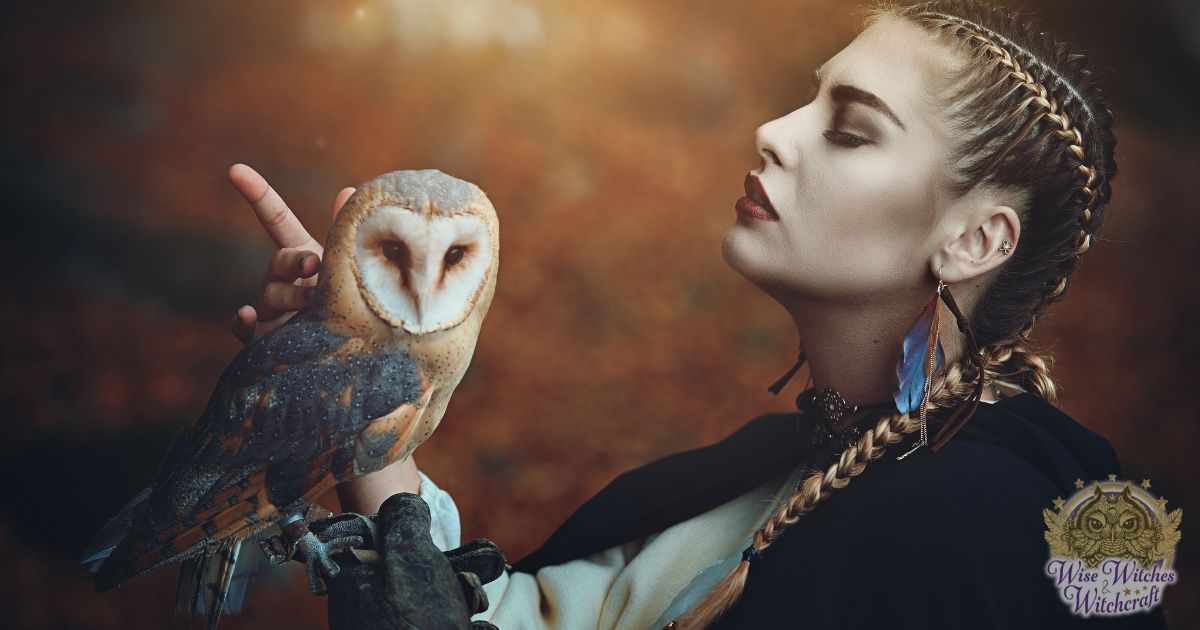
Many modern witches still use animals when working with magic, utilizing their primordial instincts and psychic abilities to attune with nature and deities. Animals are considered sensitive to psychic power and vibrations, and are welcomed into the magic circle when power is being raised or spells are being cast, or to aid with scrying, divination and spirit contact. When working with magic, animals can act as a guard in psychic defence, for they react visibly to negative forces and harmful energy.
Among specific animals with witchcraft associations are:
-
- Birds/Bats: In many parts of the world, a witch was thought to turn into a crow or a raven for her night-time adventures, so they could fly away in case of an emergency. The owl has always been associated with death, sorcery and the dark side of life. In the Middle Ages, demons or familiars in the forms of owls or crows supposedly attended witches, accompanying them on their broomstick flights and carrying out their evil commands. Bats were also considered a favourite for witches to change into as they have good night vision and easily merge with the dark night-time sky.
- Cat: In folklore, a cat (especially a black cat) is associated with witches. A witch or sorcerer was reputed to own a cat as a familiar, and they were believed to embody demons who performed the witch’s tasks. Witches were said to take the form of a cat nine times (a reflection of the traditional nine lives of a cat), and they were also used for spells. In modern witchcraft, the cat is a common pet and familiar, kept for its psychic sensitivity.
- Cock: Cocks were used historically for sacrifice as an offering to the gods, as it was believed to represent light and goodness. They were also used as part of spells to raise rain and storms.
- Dog: Witches were supposedly able to transform into a dog, or to send a demon familiar in the form of a dog to bewitch or torment victims. Dogs known as “Black Shuck” (or “Old Shuck”) were known in English folklore to mean a demon, and the Devil himself was widely supposed to appear as a black dog.
- Hare: In the British Isles, the hare was once thought to be a witch’s familiar or could even be a metamorphosed witch in disguise. The belief was so strong that if a hare crossed your path it was considered bad luck. Many stories told of hunters shooting hares only to find that they had shot witches, who had returned to human form on their death.
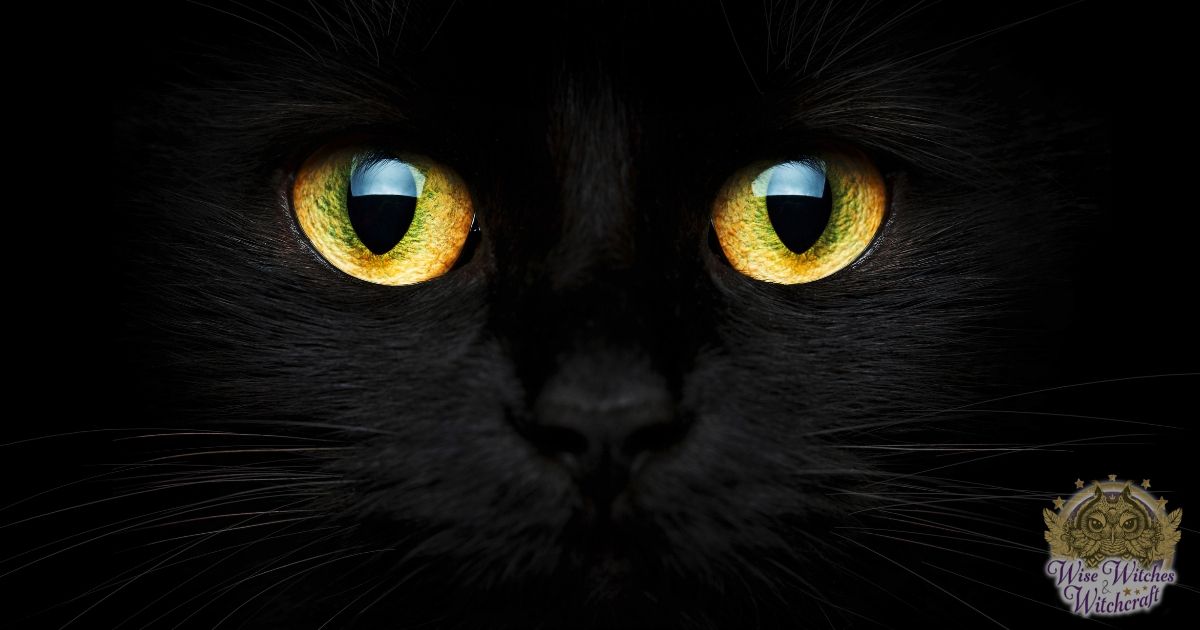
Hyena/Leopard: In Africa, it was believed that a witch might transform herself into a hyena or leopard so that she could attend her gatherings unrecognized by other humans.
-
- Ox: Farmers in England, would place an ox skull in a predominant position in the house or barn to appease the nature spirits, especially if they were having a run of bad luck or sickness with their herds. The farmer would then greet it every day to keep the nature spirits happy and his herd contented.
- Sheep: A sheep’s wool and heart were traditionally used in witchcraft. The wool was placed in the room that someone was sleeping in, as it was believed that this would absorb the person’s breath, which could then be used to bewitch them. A sheep’s heart would be studded with nails and used as a form of sacrifice in France.
- Snake: Snakes have long had a predominant role in magic-making. Live snakes may be used in rituals, and the skins, fangs and venom of poisonous snakes are common in spells and potions.
- Spider: In folk magic, a spider eaten every morning will provide one with great strength and power, and storms could be raised at sea could by catching spiders in pots. They were also used as ingredients in folk remedies and as amulets.
- Toad: Toads were used as ingredients in brews and as familiars. Toad skins were used by shamans for the poisons or hallucinogens which are secreted from their glands when injured or provoked (depending on the type of toad, a poison may just taste bad, or it may even kill). According to folklore, toads were used as charms and amulets, in brews and magic remedies, and also at witches’ Sabbats. Toads may be used as familiars, as they are considered intelligent, easy to tame and easy to care for, and are also thought to have psychic powers.
- Tortoise: Tortoise shells were used as rattles and used in healing and fertility rituals by Iroquois dancers of North America. The noise of the rattle was believed to summon spirits to a ritual.
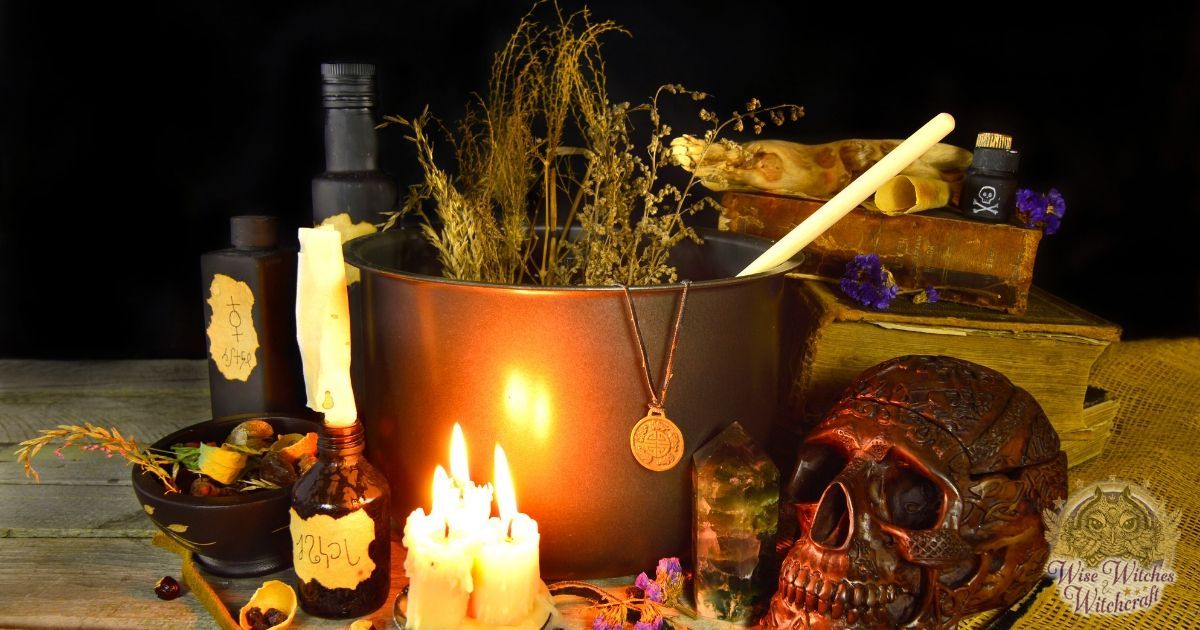
]

